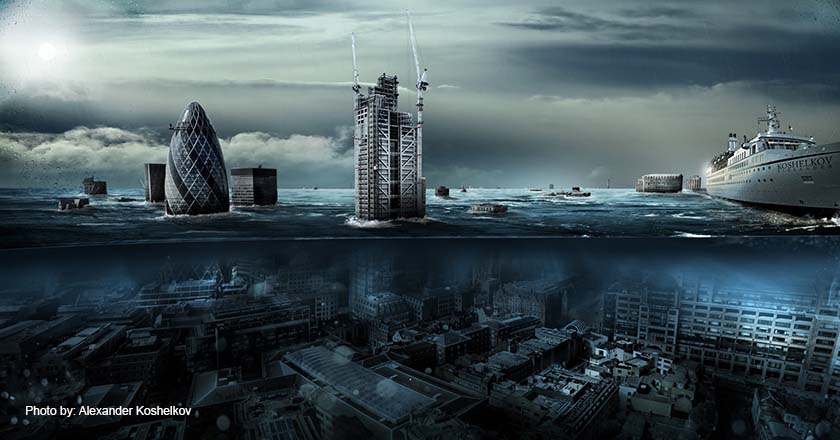It’s Getting Haute In Here: Fashion and Climate Change
November 29, 2019 | Created by: Andreas Klippe | Comments
For most of us, the fashion world is reserved for the rich and famous. It is a foreign world of runways, catwalks, supermodels, and eccentricities that are beyond the bother of everyday people.
But, fashion casts a line longer than what we might be aware of. Fashion and the wider industry of textile and footwear mass-produce a basic human need. Every person in the world will, at one point, need to buy clothes. The everyday consumer is steeped in the advertising, selling, and the wearing of it.
Off The Rack
Fast fashion is the term for most consumer brands we know today. Easily available in malls, department stores, or stand-alone outlets, you can wear them right off the rack. Consumers are tempted with the opportunity to look like their idols or to be the first one to a trend every day. You can get the runway look for daily wear if you please. People who look towards fashion for self-expression or, perhaps, validation are availed a wider range of options.

But by now we know modern conveniences have terrific downsides. Fast fashion companies have repeatedly been found unsafe for the environment and unsafe for the workers they employ.
Wear & Tear
The textile and footwear industry is a leader in carbon emissions. For perspective, their carbon output ranks second only to the oil industry; more than shipping and international flights combined; and the kicker, almost as much as the entire European Union.
More than 60% of all fabrics used today are synthetic. The most common of them is polyester which is a petroleum byproduct. When washed, polyester clothes leech off microfibers flowing out to larger bodies of water.
Surely switching to natural and organic alternatives can solve this problem, you say. The answer is it might, but as it stands, the fashion industry creates too large a demand. Fast fashion produces excessively, literally. In the U.S. alone, 12.8 million tons of clothes are sent to landfills every year without being worn. Countries have stopped accepting donations of clothes because they disrupt local textile industries and economies. Patronage of fast fashion encourages customers to buy when they want and to throw it as soon as they are tired of that item.
This is the case for cotton, the second most used textile right now. It is organic, recyclable, very comfortable, but also water-intensive. So much demand has been made that in the cotton-producing country of Uzbekistan, an entire sea has been almost drained for agriculture.

Irrigation and redirection of the Aral Sea via canals started in the 1960’s to grow high-value crops. The canals were poorly built however, losing up to 75 % of water to evaporation and ground leakage. No plans for sustainability like water replenishment were in place as well. We put up two photos of the Aral Sea 25 years apart side by side and you will see the stark difference. Up to 75 % of water went to waste through ground leakage and water evaporation. In the photo from 2014, the Aral Sea has shrunk to 10 % of its original size and is expected to get smaller. It will also become saltier and will become unable to sustain life.
Smize Like You Mean It
The current situation with the fashion industry is a problem for everyone. Fashion itself is not the culprit, it’s an art form based on a human need, no less different from culinary arts. At its best, it is functional self-expression, showing us the variety and individuality people possess.
Climate change is a message being sent to us. It is our planet responding to our actions. So, before you KonMari your wardrobe or donate your clothes to charity, think about where your clothes will end up after you’re done with them.

The best solution right now is to reduce consumption. Think twice before buying brand new clothes and aim to keep a streamlined long-term wardrobe. Choose locally-sourced clothes and textiles if you can. When it comes to reducing your carbon footprint, small things like these build up.
Are you working your way to an eco-friendly wardrobe?
Don’t forget to like our page on Facebook, Twitter, or email us! To make sure you see future articles on eco-friendly lifestyles, sign up for the Flood Control Asia newsletter.






